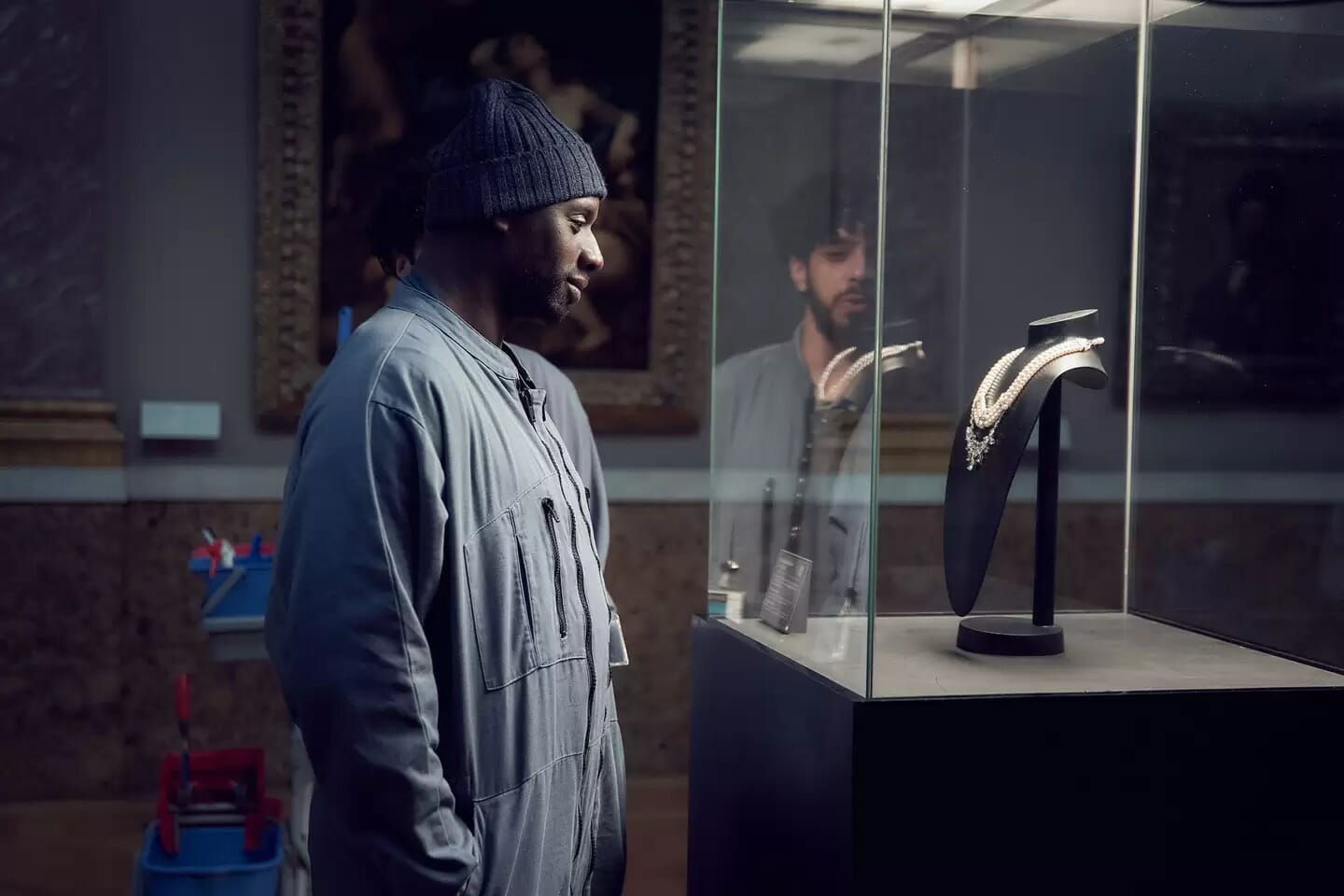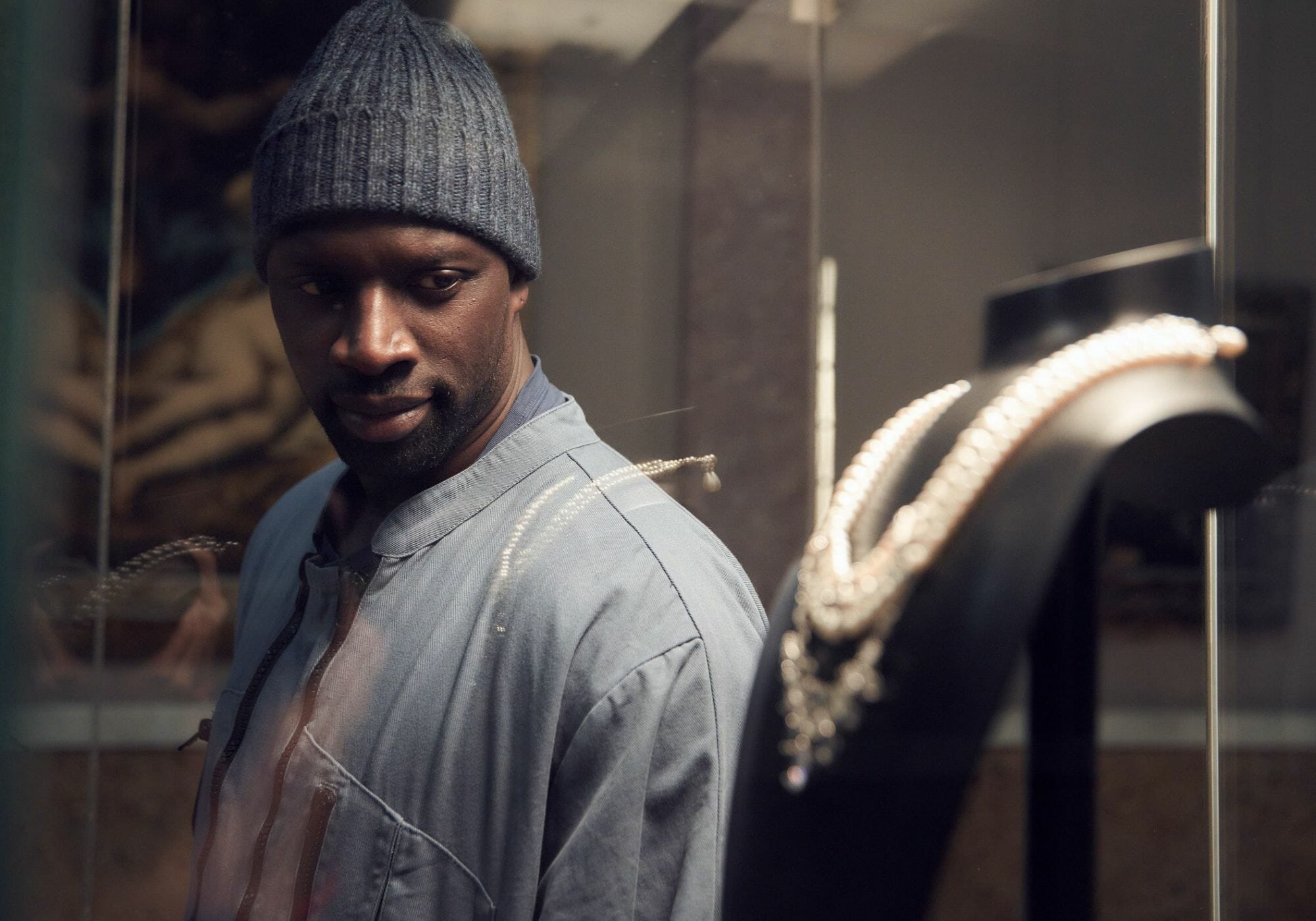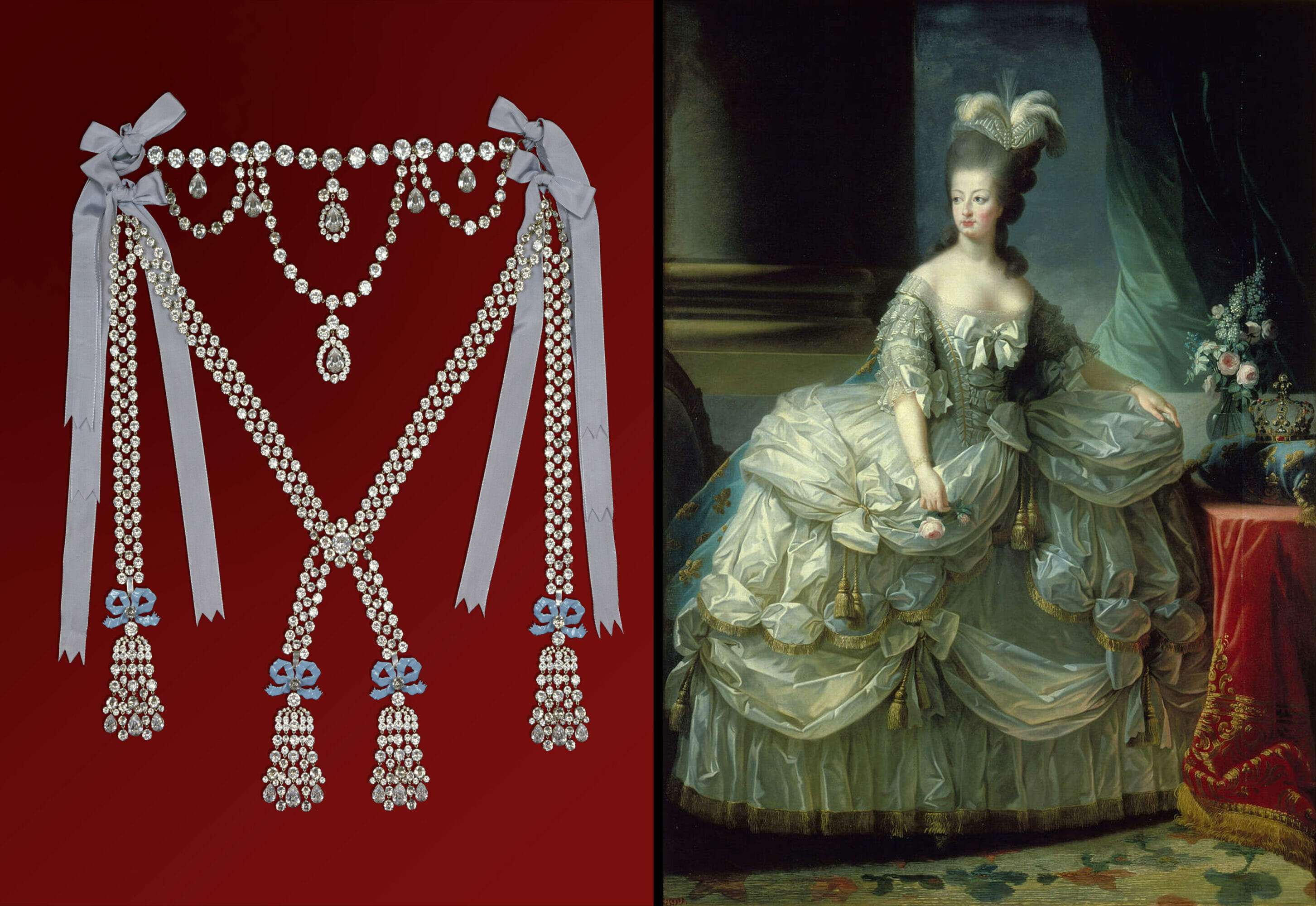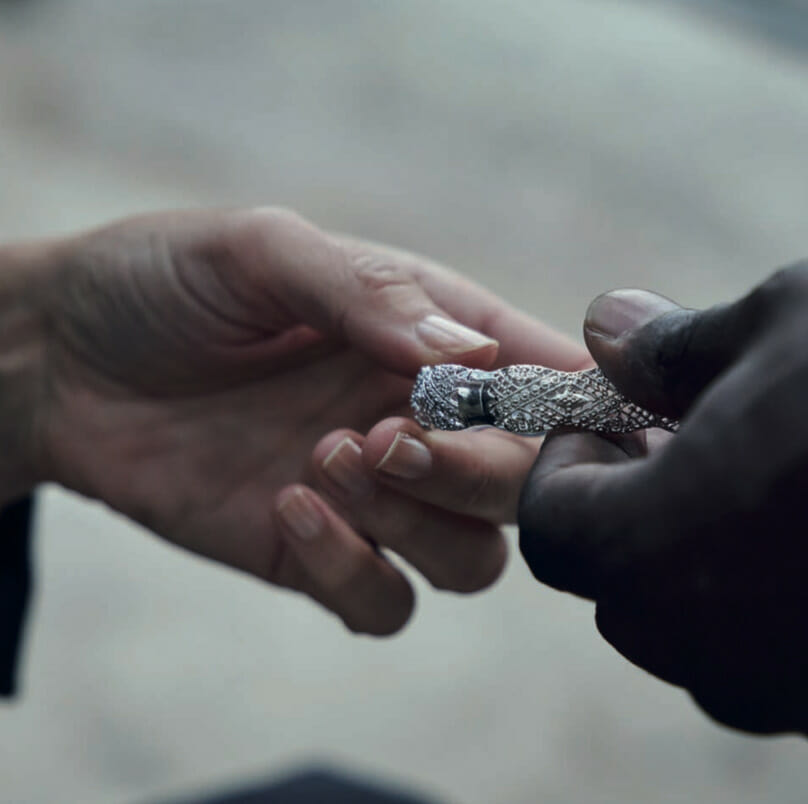The Real Story Behind the Diamond Necklace that Helped Inspire Netflix’s ‘Lupin’
Marie Antoinette is at the center of the real drama surrounding the diamond necklace that inspired “Lupin.”

If you’ve been rightfully binge-watching Netflix’s hit series Lupin, which just returned June 11th for its second season, it’s completely understandable to wonder how much of reality is tucked within its plot. The story follows the heist of a diamond necklace through masterful disguise, and it’s replete with a whole lot of French intrigue. And the answer may not be what you’d expect; the tale surrounding the real necklace at Lupin‘s center is perhaps even more intriguing than the show could ever depict.
Netflix notes in Lupin‘s press materials that Maurice Leblanc wrote the book that the show is based on. In French, the title reads Le Collier de la Reine, which translates to “The Queen’s Necklace.” It is a particularly coveted story by the French, who read many of Leblanc’s works in their free time and in classrooms. One of the series’ directors, Ludovic Bernard, also grew up reading and adoring the works, which made him particularly excited to take on the show. The quality and the storytelling certainly did pay off as a result, with Lupin becoming somewhat of a cultural phenomenon in France (the popularity of the show has now reached global heights with more than 76 million views worldwide).
The show follows Assane Diop (masterfully played by actor Omar Sy) who is inspired by Leblanc’s Arsène Lupin—the fictional-but-world-famous “gentleman thief”—who sets out to avenge his father, a man falsely accused of stealing a necklace that once belonged to Marie Antoinette.

In early episodes of the first season, as Diop gazes at the necklace prior to it being sold at auction for the handsome price of 20 million euros, our unlikely hero schemes to steal it. We won’t say much else, but… the craziest part? It was a similar scandal that many historians believe contributed to the onset of the French Revolution.
The Diamond Necklace in Lupin Was Inspired By a Real Necklace
That’s right, a necklace was at the center of a history-altering scandal. And, as you might imagine, it wasn’t just any necklace. The real piece, which was created by Parisian jewelers Charles-Auguste Boehmer and Paul Bassenge, was worth around two million dollars, an astonishing and staggering price at the time. It contained 647 diamonds at a whopping 2,840 carats and it was commissioned by Louis XV for his lover, Madame du Barry. But he died before the necklace was completed —leaving the jewelers in debt for the 647 diamonds they had just acquired.
This is where the story gets dicey. The jewelers tried to sell the necklace to Marie Antoinette, but she refused, requesting that the money be better spent. This is when Jeanne de la Motte saw an opportunity. As the daughter of one of Henri II de Valois’ illegitimate sons, La Motte was a distant relative of the royal family. Antoinette, however, refused to recognize her as such. Because of this, la Motte had a personal vendetta against the queen.
La Motte decided to target Cardinal Prince Louis de Rohan, who she knew had been desperately trying to win back the favor of the queen. Even though she was married at the time, la Motte had an affair with de Rohan in order to gain his trust. From there, la Motte and her husband started writing and forging letters from the queen, making it look like Antoinette was interested in buying the necklace in secret. Wanting badly to regain the queen’s favor, de Rohan agreed to pay the jewelers—what he thought was on the queen’s behalf, in four payments over the course of two years. From there, la Motte took the necklace, broke it down, and sold all of the diamonds separately on the black market.
It was only when the jewelers approached the queen’s lady-in-waiting about further payments that they discovered the ultimate 18th Century dupe (de Rohan was arrested but was later acquitted). As for la Motte and her accomplices, they were found and eventually punished.

All of this took place between 1784-85—when France was in the midst of a significant financial crisis. As a casualty of bad press and general gossip, Marie Antoinette was painted as being at the center of the scandal. People quickly shifted the direct blame on the queen, accusing her of attempting to destroy the image of the cardinal that she so hated. While la Motte was ultimately found guilty, it certainly worked to irreparably tarnish Antoinette’s reputation, and sow deep unrest among the French people.
The necklace itself was never recovered. However, there are replicas on display at Versailles, and southwest of Paris at Château de Breteuil, as well as in Switzerland.
And while you can’t own the necklace itself, much of Marie Antoinette’s jewelry collection was sold at auction in the last few years by Sotheby’s. These precious jewels are believed to have been smuggled out of France in 1791 when the king and queen were attempting to flee in order to avoid their execution.

While the necklace in Lupin isn’t an exact replica, its storied past still rings from within the context of the fictionalized show. It proves that the necklace that sowed unrest and ultimately contributed to starting the French Revolution has left a timeless impact on global history.
